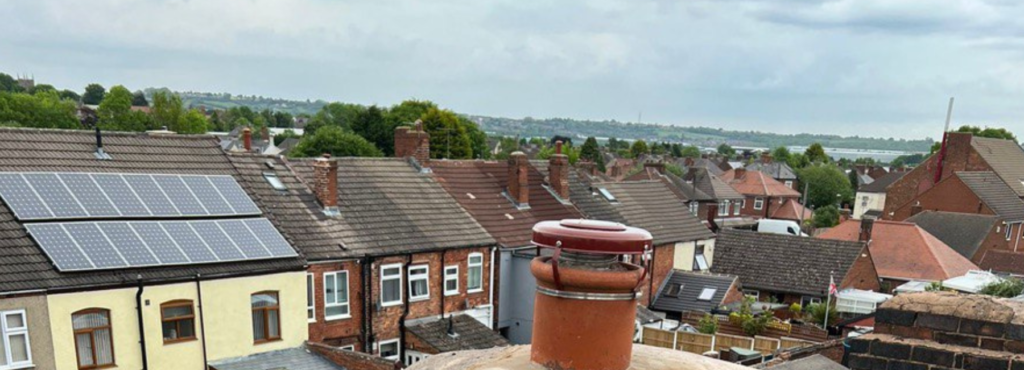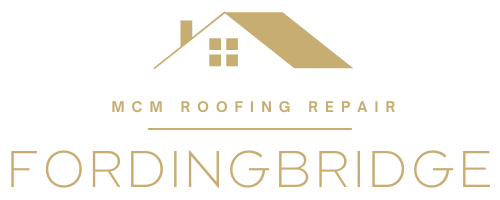Moss growing on your roof can be more than just an aesthetic issue; it can lead to significant damage if left unchecked. While moss may give your roof a charming, rustic appearance, it can trap moisture, leading to shingle deterioration and leaks. At MCM Roofing Repairs Fordingbridge, we understand the challenges that come with maintaining a roof in the Hampshire climate. In this blog post, we’ll explore effective strategies for dealing with roof moss while ensuring your shingles remain intact.
1. Understanding the Impact of Moss on Roofs
Moss thrives in damp, shaded environments, often appearing on roofs that do not receive adequate sunlight. Over time, moss can:
- Retain Moisture: This moisture can seep under shingles, leading to rot and decay of both the shingles and the underlying structure.
- Lift Shingles: As moss grows, it can cause shingles to lift or become dislodged, compromising the integrity of your roof.
- Create a Breeding Ground for Algae and Fungi: Moss can promote the growth of other harmful organisms, further damaging your roof.
Understanding these risks is the first step in addressing moss growth effectively.
2. Inspection: Assessing the Extent of the Problem
Before taking action, it’s crucial to inspect your roof to determine the extent of the moss growth:
- Visual Inspection: Look for visible patches of moss, particularly in shaded areas. Take care to inspect from a safe distance and avoid climbing onto the roof unless necessary.
- Check for Damage: Look for signs of damage or wear on shingles, such as lifting or cracking, which may indicate that the moss is causing issues beneath the surface.
If the moss growth is extensive or if there’s significant damage, consider contacting professionals for a thorough assessment and removal.
3. Safe Removal Methods
When it comes to removing moss from your roof, the key is to do so without damaging the shingles. Here are several methods to consider:
- Manual Removal: Use a soft-bristled brush or a plastic scraper to gently remove moss. Avoid using metal tools, as they can scratch or damage the shingles. Start from the top of the roof and work your way down to prevent lifting shingles.
- Low-Pressure Washing: A low-pressure wash can help remove moss without damaging shingles. It’s essential to use a pressure setting that is safe for roofing materials (usually below 1500 psi) and to angle the spray downwards to prevent water from getting under the shingles.
- Chemical Treatments: Consider using a moss treatment solution specifically designed for roofs. These solutions typically contain ingredients like sodium hypochlorite or potassium salts of fatty acids that kill moss without harming your shingles. Follow the manufacturer’s instructions carefully for application and safety.
4. Preventing Future Moss Growth
Once you’ve successfully removed moss, taking steps to prevent its return is crucial:
- Improve Sunlight Exposure: Trim back overhanging branches to allow more sunlight onto the roof. Moss thrives in shaded areas, so increased sunlight can help deter future growth.
- Regular Inspections: Conduct regular roof inspections, especially after heavy rain or storms, to catch any moss growth early.
- Keep Gutters Clean: Ensure your gutters are clear of debris to promote proper drainage and prevent moisture accumulation on the roof.
- Consider a Roof Coating: Some roof coatings are designed to resist moss and algae growth, providing an additional layer of protection.
Conclusion: Protect Your Roof with Care
Dealing with roof moss is essential for maintaining the integrity and longevity of your shingles. By understanding the risks associated with moss, employing safe removal methods, and taking preventative measures, you can keep your roof in excellent condition.
Call us on: 01425 208 596
Click here to find out more about MCM Roofing Repairs Fordingbridge
Click here to complete our contact form and see how we can help with your roofing needs.

